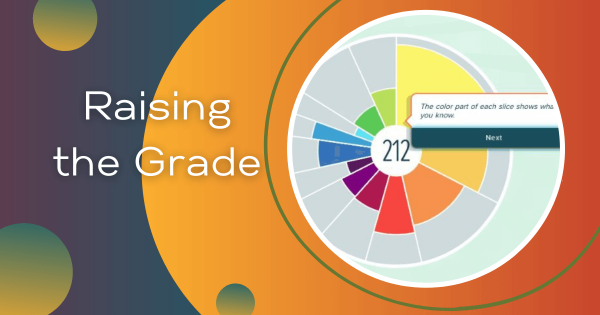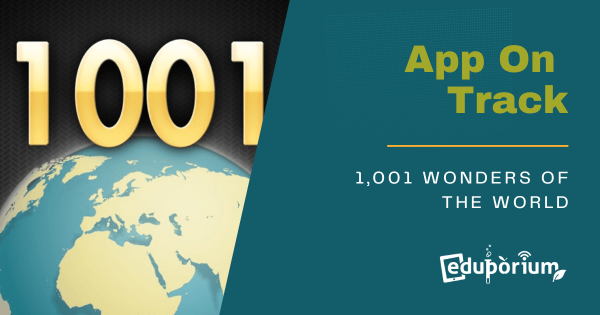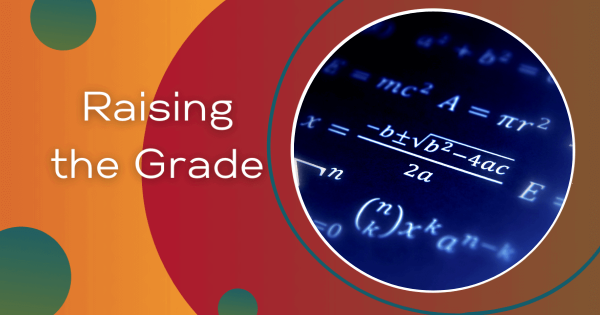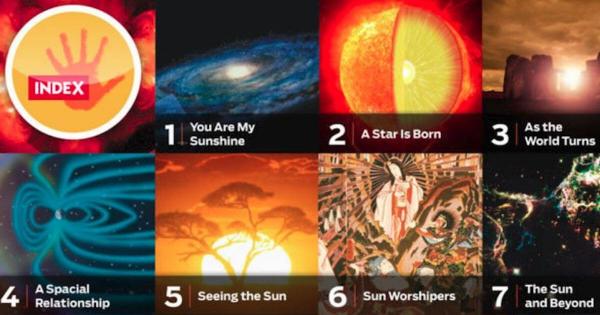Some want to learn how to sing for the joy of singing. Others want to make singing their career—they want to record albums, audition for major talent competitions, or be signed to labels. See what kinds of technology Maya and her students use in order to maximize their talent and leverage the potential of various STEAM tools.
Eduporium Blog
-
Raising The Grade: It's An A+ for ALEKS
It stands for Assessment and LEarning in Knowledge Space. ALEKS is an assessment and learning system that is completely Web-based. It uses effective questioning to gauge a student’s skills and accurately tells me what they’ve mastered, what they haven’t mastered, and what they’re ready to learn next. -
Introduction to Video Production, Part 2
In this second part of “Intro to Video Production,” Eli introduces popular video editing programs for advanced production. What if you are looking for something more advanced? What if you have come and gone with iMovie or Lightworks and it’s just not doing it for you anymore? Keep reading to learn about more of our suggestions. -
Introduction to Video Production, Part 1
Staff Writer Eli Kell-Abrams sheds light on the world of video production.”Oh the times, they are a-changin’.” It was as true in 1964, when Bob Dylan first said it, as it is now. It’s a new day, a day filled with screens, technology, and flashing lights. A day where famous books are now being overshadowed by the motion pictures made -
App on Track: Learn It and Make It with Craftsy
We are taking this app around the track to find out what’s under the hood! We’ll tell you if it’s worth your time, if what we find is any good. Unleash your creativity with Craftsy! Find out how to bring ideas to life and create projects that make you proud. Craftsy has more than 500 online classes in photography, cake -
App on Track: 1001 Wonders of the World
1001 Wonders of the World aims to take you on an adventure! The purpose here is clearly to give you an experience of what it would be like be at each location. It not only features 2000 spectacular images, and interesting information on the most beautiful places on earth but it has the sounds to help capture the feel of -
Raising The Grade: Manipulating Math Learning
Many elementary students would need to use manipulatives to solve the division problem above, probably by counting out 30 of some object then partitioning them into groups of six. But, how come as an adult, you were able to solve this problem without manipulatives? Is it because you learned math in school without manipulatives? -
Celebrate Today's Unique Pi Day with Music
Let’s celebrate with music today’s super-special π Day that comes around only once a century—if we make sure to use standard American date-writing conventions. While traditionally, π Day is celebrated on 3/14 at 1:59, this year we can celebrate it twice on 3/14/15 at 9:26 AM and 9:26 PM. Head inside for opportunities for students to celebrate on their own. -
Encourage Kids To Become App Developers This DL Day
With wide-ranging educational apps available today encouraged by the rapid growth of academic institutions that are leveraging mobile learning, children are now significant beneficiaries and successors of digital tools. Many of them might be aspiring to be designers, developers, and even app creators to become the next Bill Gates or Mark Zuckerberg.











